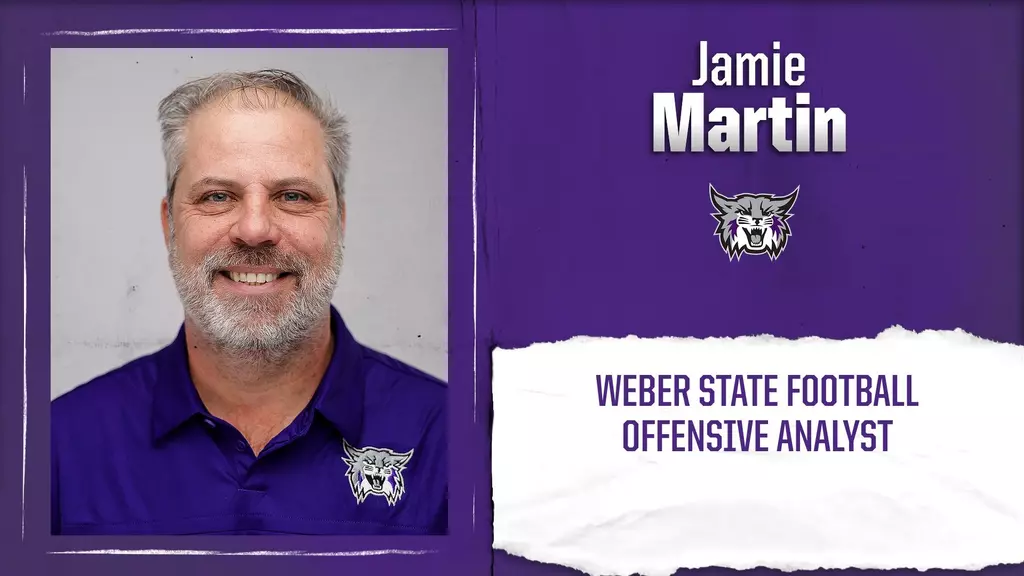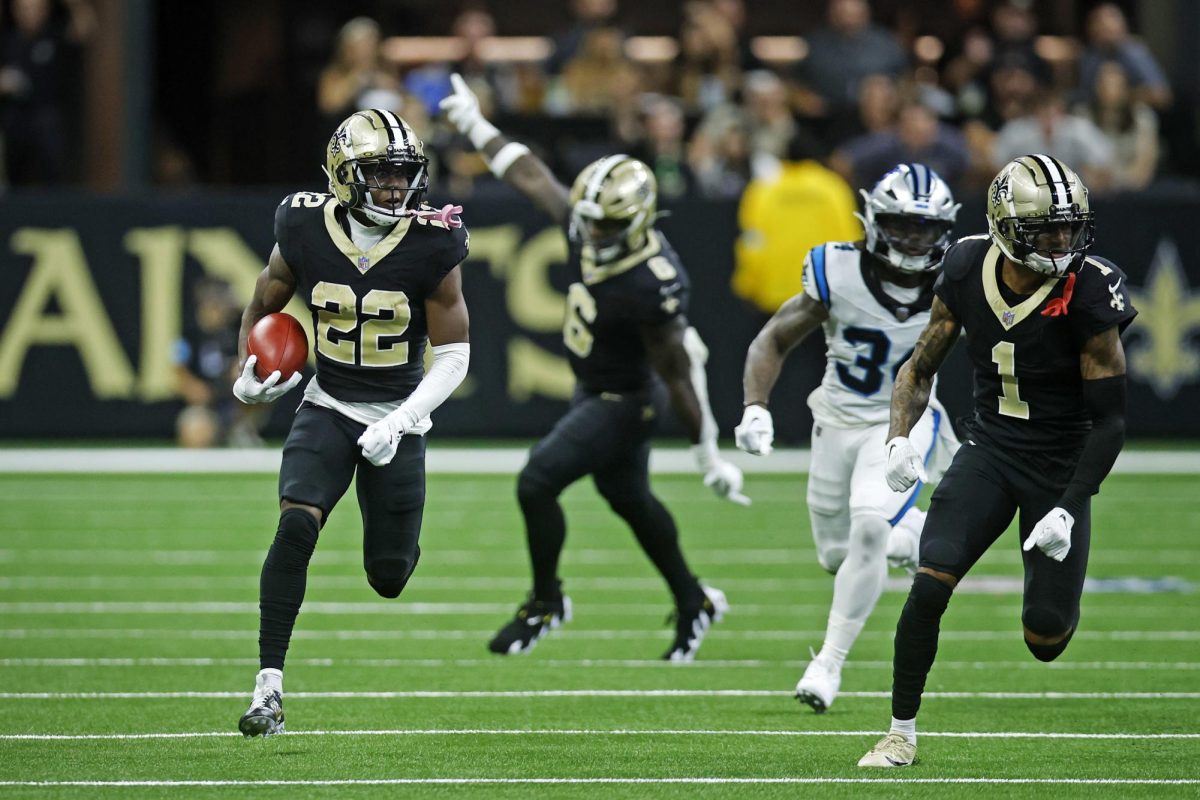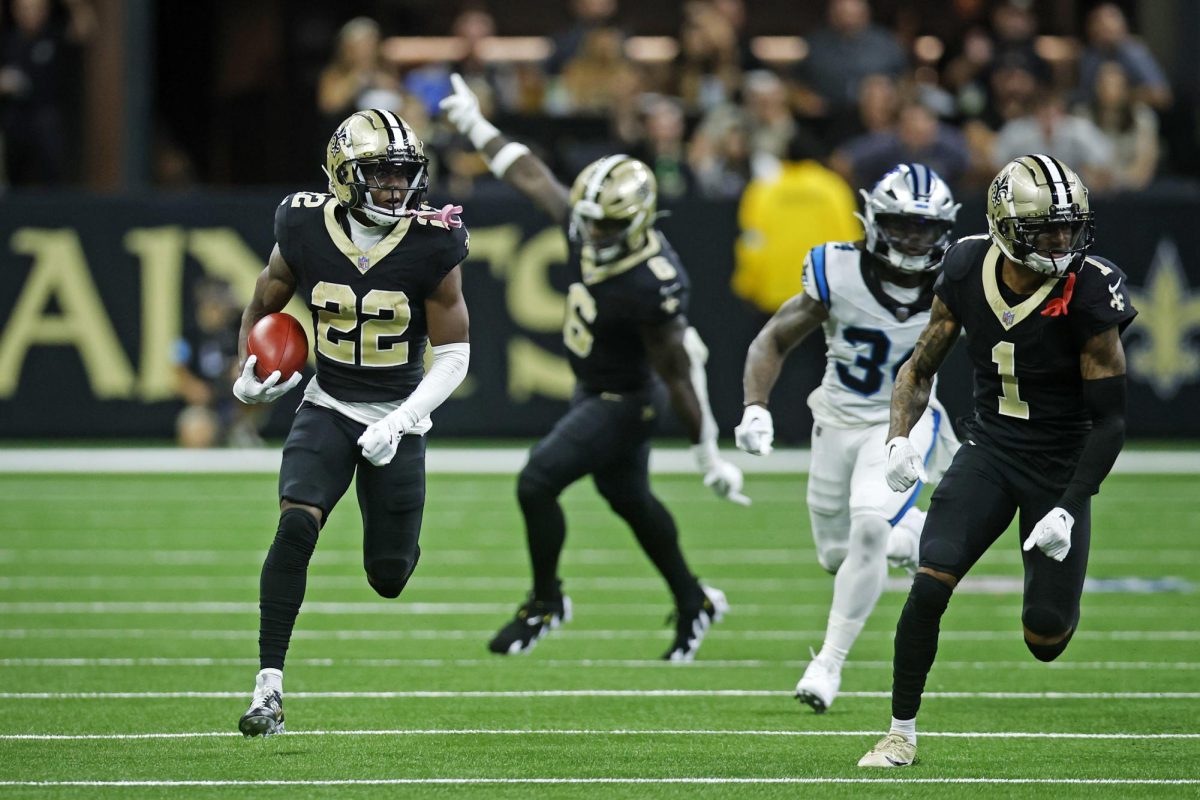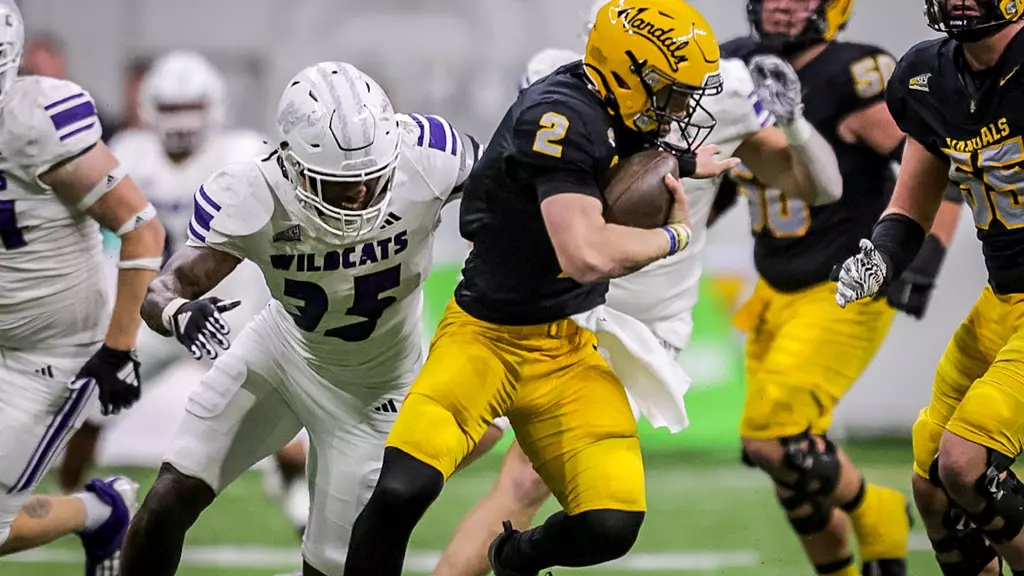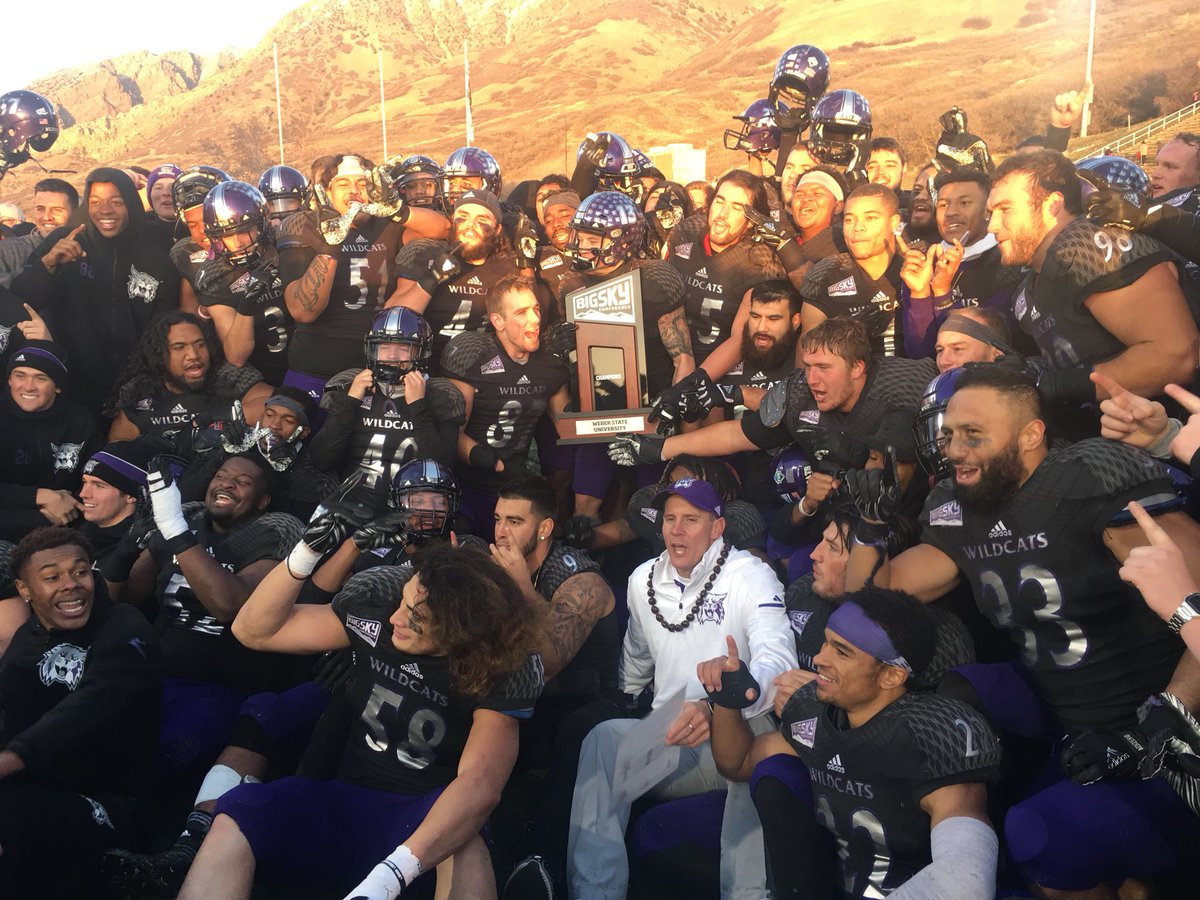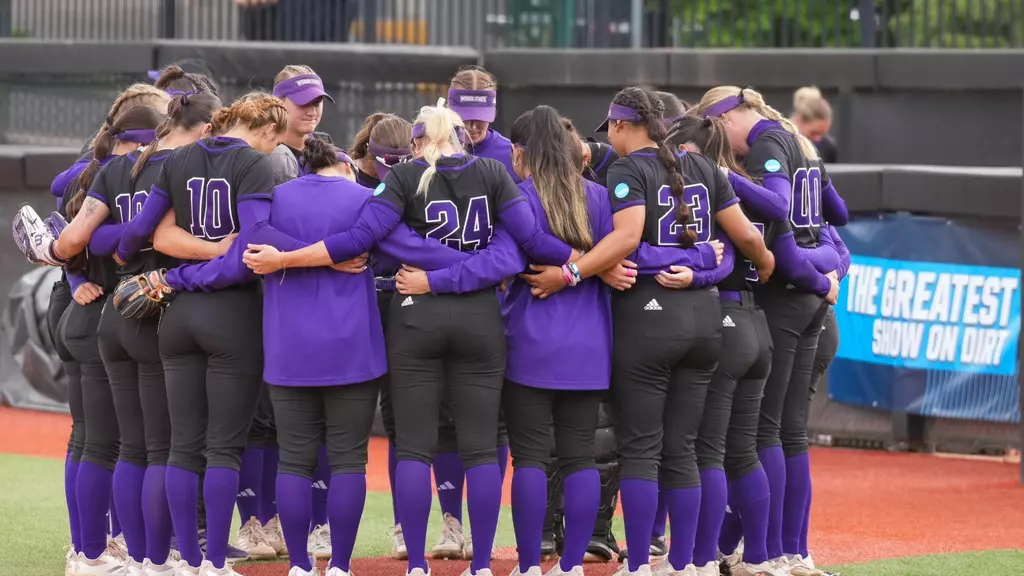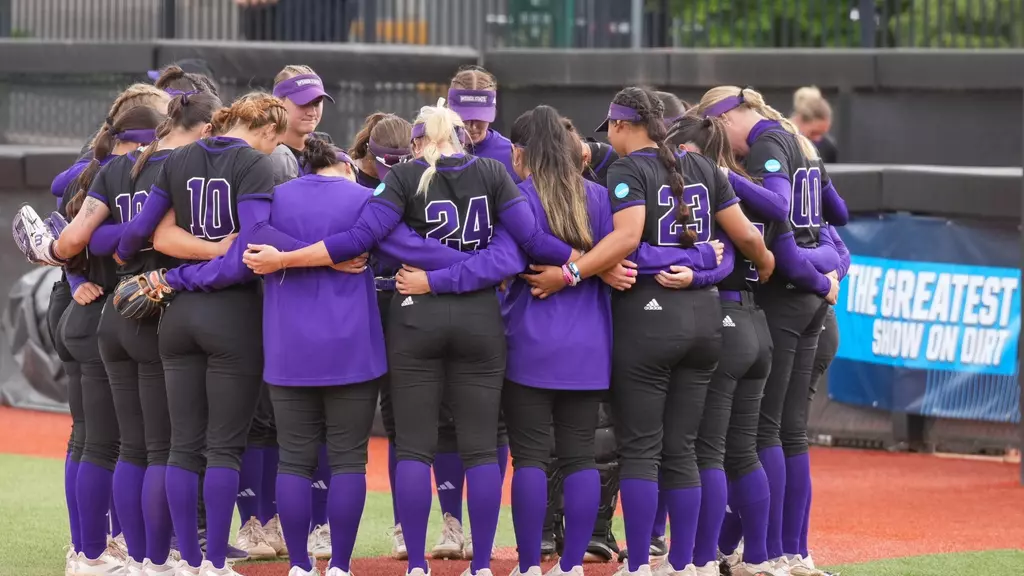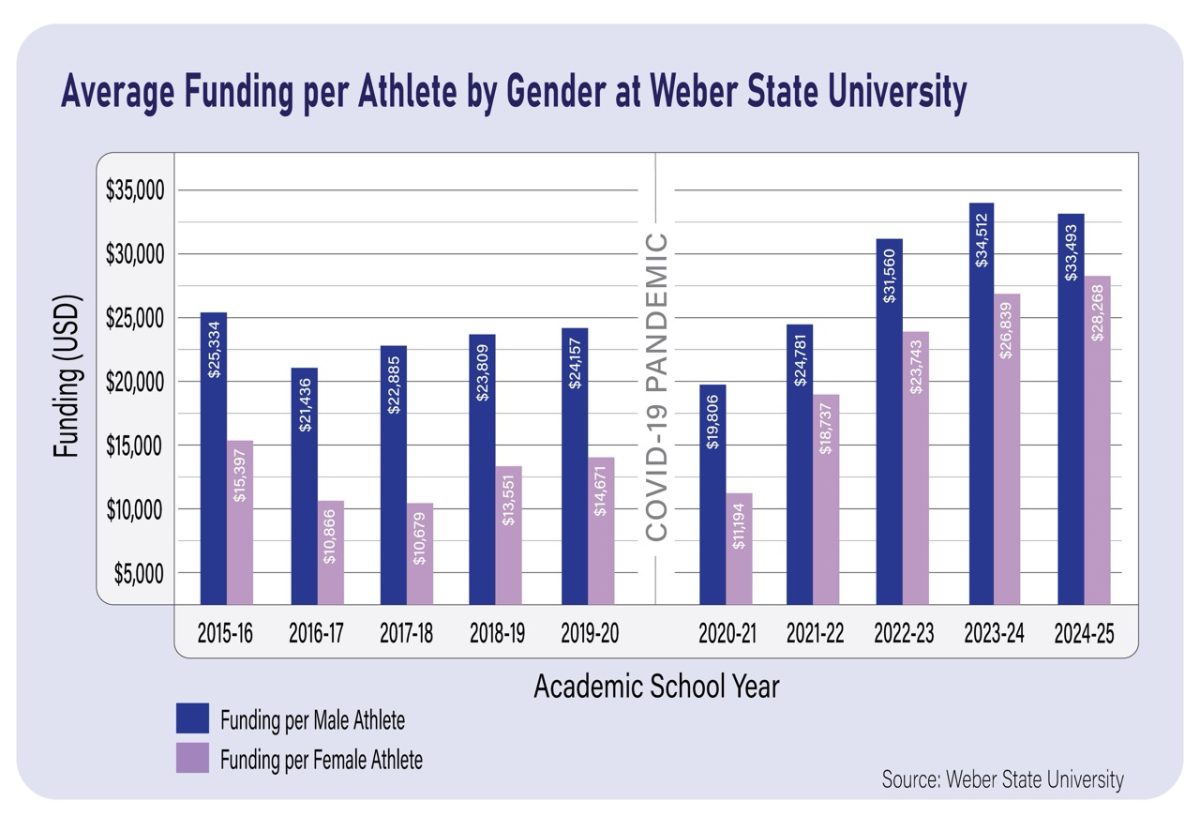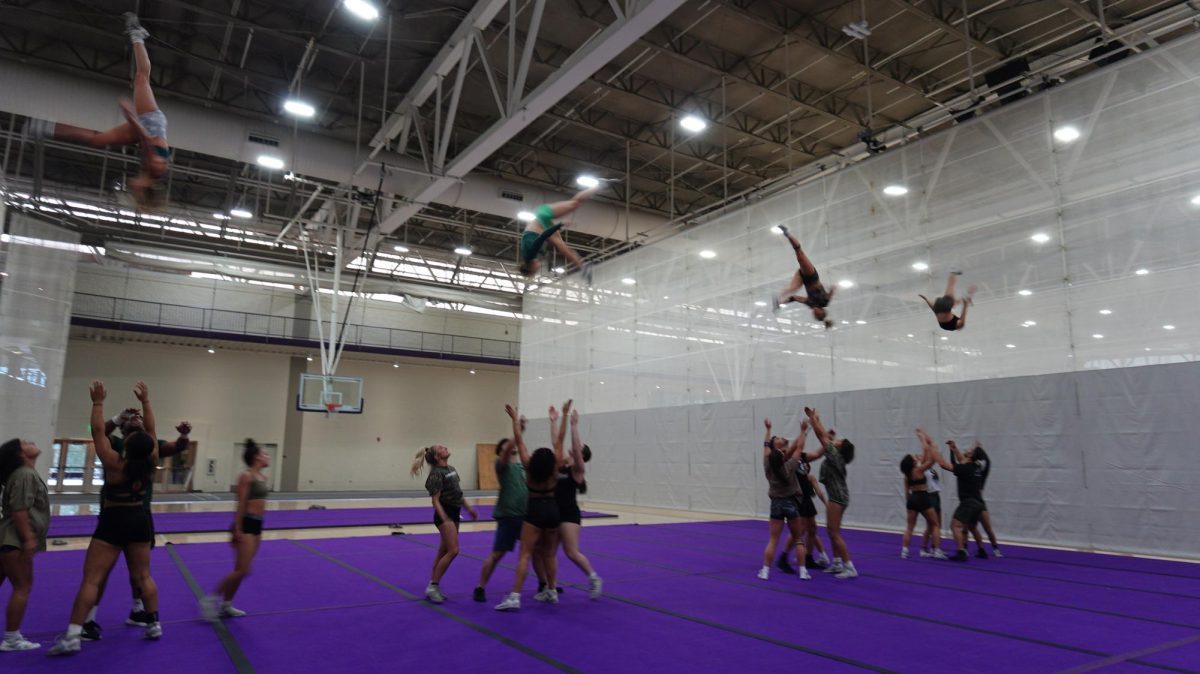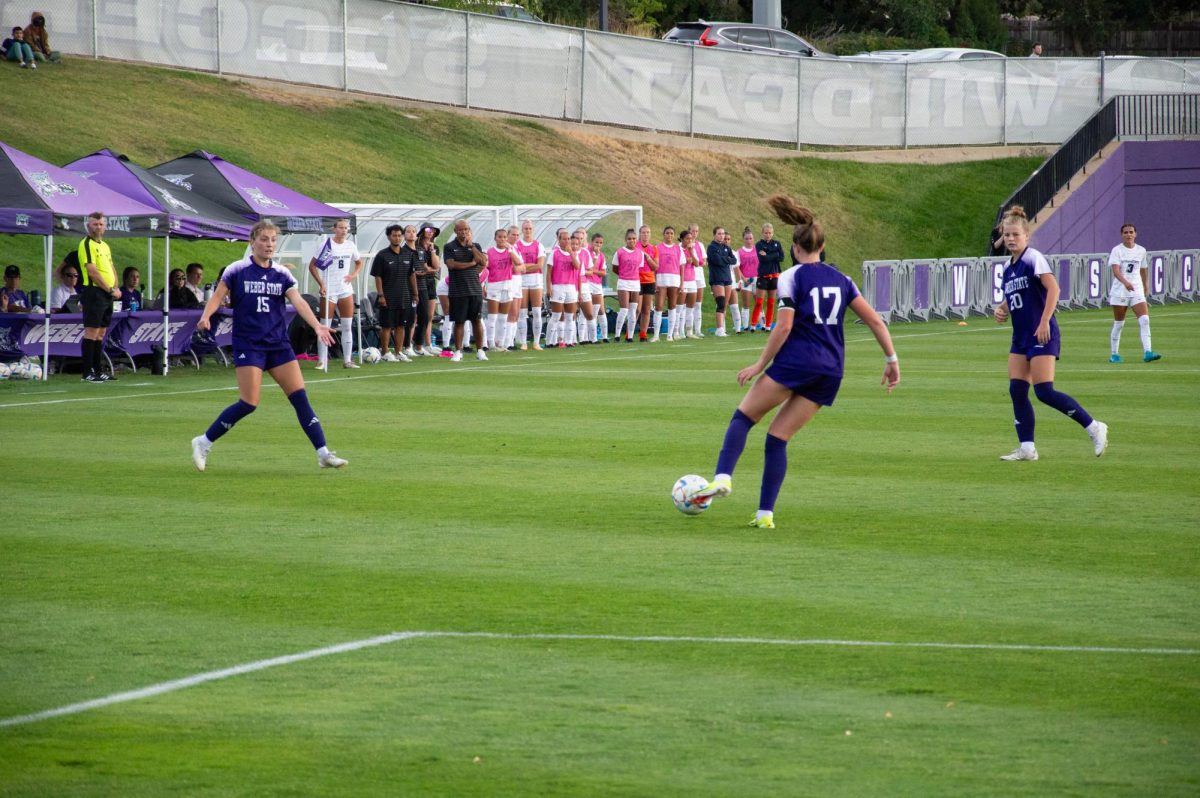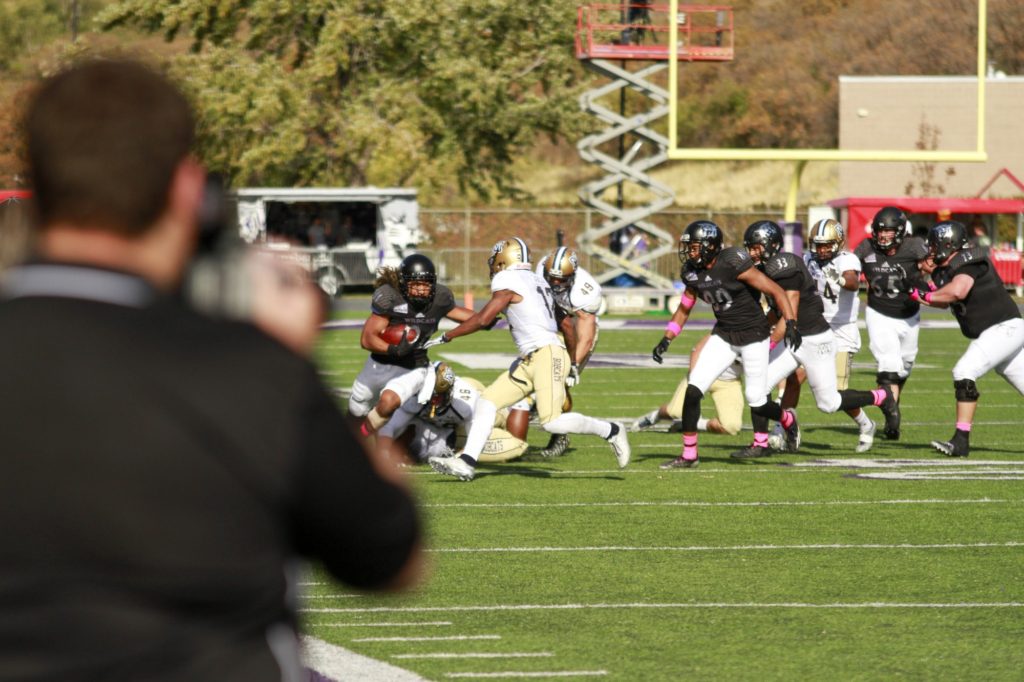
Terry Vaughn was first credited with the phrase “Records are made to be broken.”
In the world of sports, this has always held true, and technological advances have been perhaps the biggest factor in continuing the advancement of record-breaking in sports.
That technology has helped the Weber State football team, as this season they are off to their best start in years, holding onto a winning season at 5-4 as they enter into the final home game at noon Nov. 12 against Cal State Polytechnic.
Grant Duff, the director of football operations at Weber, cited two main components that have helped bring that success.
The first is the advancement of film in coaching, which Duff said has revolutionized the game. Teams have watched film for years, but it took multiple hours to put together, and the film quality was poor.
Now, it can be processed and organized in real time and watched in high definition. Players watch hours of video throughout each week preparing for game day, and that includes recordings of their own practices.
“It’s no different than any other subject in college,” Duff said. “There’s a study to football, and just like school, being able to not just teach, but show, helps a great deal. You hear a lot of ‘Oh, this guys really fast’ or ‘He’s a great quarterback.’ Well, why is he a good quarterback? Film tells you all of that. People lie, film doesn’t.”
The second advancement has been the use of technology for the coach’s playbook.
“We created an eBook this year, where we have the information of the play, the x’s and o’s of it, and then if they scroll to the next slide, they can watch a highlight of Weber State running that specific concept,” he said.
With the internet facilitating the use of tablets and smart phones, players can now study film after practice as well. On average, the players are watching one to two hours of film a day outside of a practice setting. They are able to access that content through a website called hudl.com, which allows coaches to upload video and analysis.
Paul Grua, the director of athletic communication at Weber, discussed future technology likely to make its way to college football.
In the NFL, one player on offense and defense is allowed to have an in-helmet microphone. This allows the coaches on the sideline to transmit plays and information more easily to the players on the field.
There is currently a tabled proposal to allow this in the NCAA, but as of now, it is not allowed.
Grua said that next up will likely be the use of tablets on the sidelines. These have been used in both the NFL and the NBA. Duff also mentioned this and brought up the benefits of being able to provide players with immediate feedback during the games, coupled with video to show exactly what is going on.


